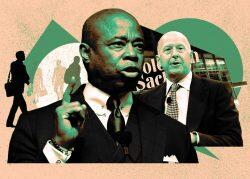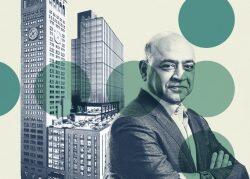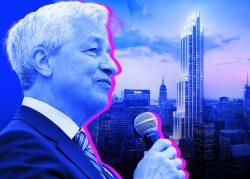Mayor Eric Adams joined some of the biggest names in business in recognizing remote work isn’t going anywhere — and the city has likely consequences on the way.
In comments made during a tech event on Monday reported by the New York Post, the mayor said the city should look to define the question of “what does the work week look like” and aim to “build local ecosystems in our community” as New Yorkers’ work arrangements shape the city.
“We may not have central business districts anymore,” Adams admitted. “I don’t know that, but we can’t stumble into this.”
The mayor didn’t completely embrace the decline of in-person work, though. He expressed concern about the challenges that come with more remote work, including the disparity between high-income earners who can work from home versus low-income earners whose jobs may be reliant on the survival of once-bustling business districts.
A spokesperson for Adams seemed to have a different takeaway in regards to the mayor’s comments.
“It sounded to us like the mayor was clear that the economy currently depends on many New Yorkers returning to in-person work,” Fabien Levy said, adding that the mayor was being honest about the challenges facing the city, but still found it crucial for the city’s economic recovery for there to be a rebound in office work.
Read more



That’s more in line with previous comments from Adams, who famously admonished New Yorkers for ostensibly ducking the office during the week, only to go out clubbing on the weekend. At a Goldman Sachs town hall in March, the mayor called on bankers to return to the city.
But business leaders have started to accept that remote work is here to stay. IBM CEO Arvind Krishna recently said that only 60 percent of workers for the company would ever return to the office. JPMorgan Chase CEO Jamie Dimon, once a staunch advocate of in-person work, also altered company policies this year while recognizing remote work’s staying power.
Sinking attendance rates have had a predictable effect on retail in business districts. As early as October, data showed that businesses in residential neighborhoods were recovering faster than small businesses in central business districts across dozens of metro areas. At the time, East Harlem and Brooklyn’s Sunset Park were exceeding total sales from 2019, while Hudson Square and the Financial District languished.
— Holden Walter-Warner
